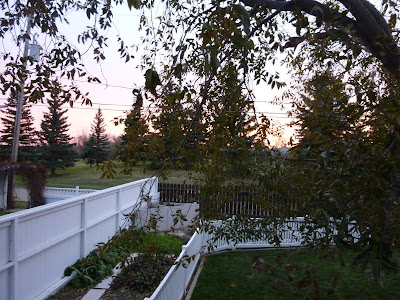I've been taking an art yarn spinning class at my wonderful LYS Golden Willow. The very talented Deb, aka dragondancer, is teaching it. She knows a lot about yarn and spinning. Check out her
blog.
I spun a few art yarns
in the past, mostly just to prove that I could, but didn't see much practical use in them as knitting yarns. I now have more interest in using them since I started
weaving with texture. I've always figured that learning new techniques makes me a better spinner so I probably would have taken the class even if I wasn't a weaver. The possibility of actually using the yarn is a bonus.
In my mind I've categorized these yarns as art yarns and textured yarns. Some yarns are spun just to make something pretty/different/wild to view as decoration. These include but aren't limited to large or unexpected yarns with add-ins (such as eye balls, Barbie heads, toy soldiers, etc.). I call those art yarns. Textured yarns, to me, are those that are more traditional and less out-there and that's where my yarns fall. I have nothing against the wild art yarns and give my blessing to those that spin them but I like my yarns to be more user-friendly, to be used in projects not the end result in and of themselves.
I believe that textured yarns require a lot of spinning skill to make. I know that the first yarns produced by new spinners are frequently referred to as art yarn but I don't buy it. Spinning mistakes may resemble art yarns but they are generally not stable yarns. I think that textured yarns should be stable and (mostly) balanced. That takes time and practice. They generally are slow to produce, often needing considerable amounts of fiber, and involve plying and/or anchoring the elements in place and then finishing techniques to make them stable and usable. That said, they're fun to make. They make me think outside the box which is good for me. My default spinning is control-freak, fine, worsted yarn so textured yarns force me to let that tendency go, experiment, and get creative.
So here are my latest spinning endeavors.
corespun mixed batts plied with 60/2 silk
merino thick and thin spun with 60/2 silk, the thick spots pushed up to form coiled cocoons, then plied with silk again to balance the twist
the same thick and thin merino and silk as above with the silk used to ply and then autowrap
If you would like a good reference for spinning art/textured yarns, my favorite is Jacey Boggs' DVD
Sit and Spin! Jacey also has a soon-to-be-released book titled Spin Art.






















